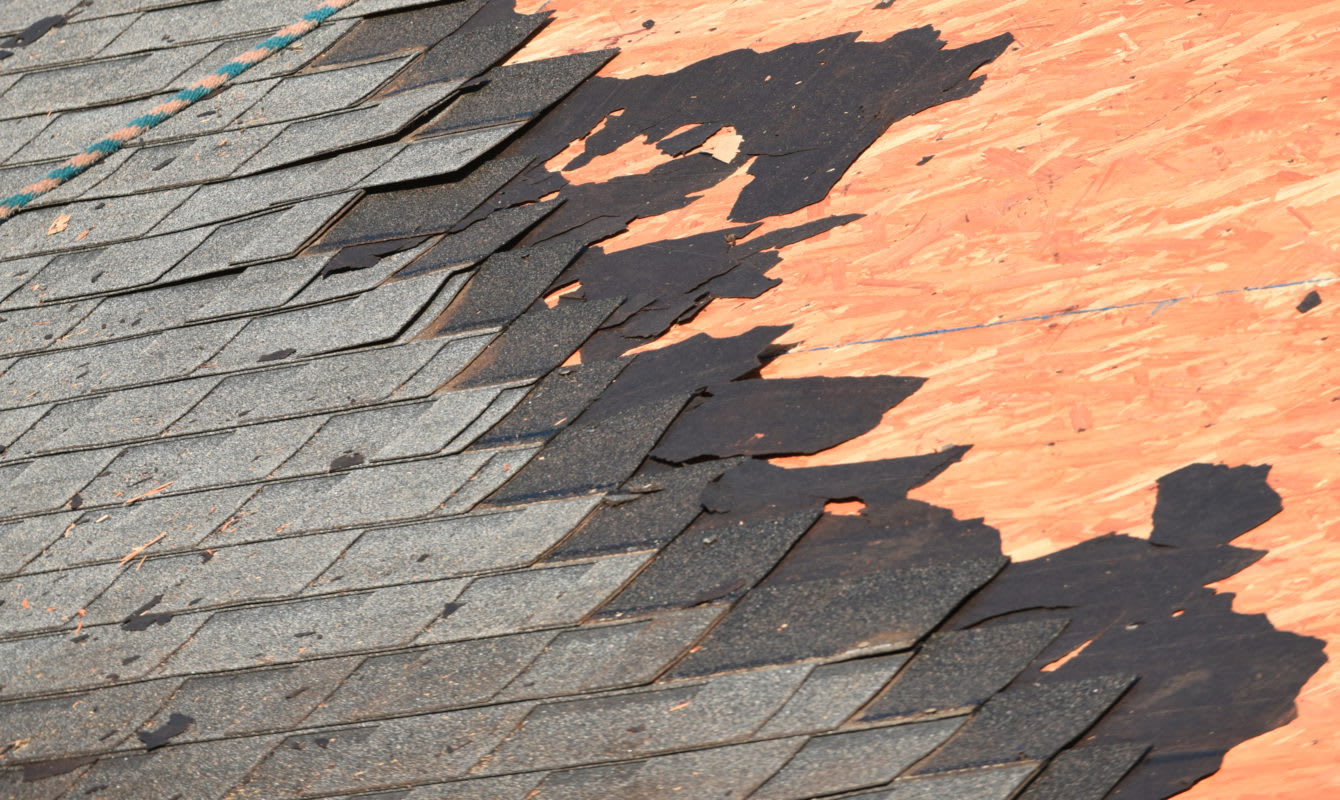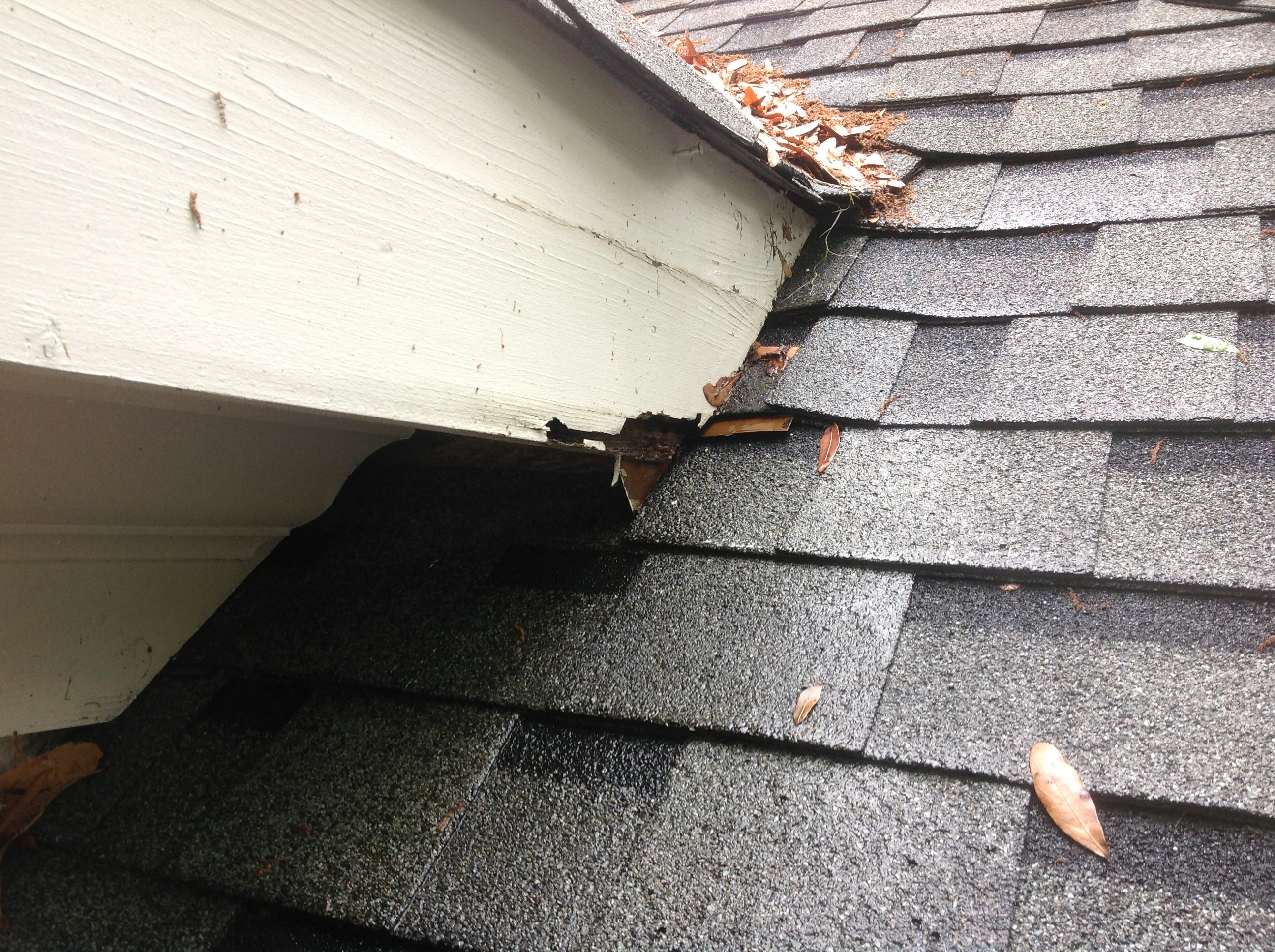Exploring the Numerous Sorts Of Roof Coverings: Which One Is Finest for Your Home?
When thinking about the myriad types of roofs offered, it is crucial to examine exactly how each option straightens with your home's special needs, consisting of environment problems, aesthetic preferences, and architectural performance. From the traditional gable roofing system that efficiently networks rain to the modern-day flat roof offering metropolitan versatility, each style offers distinctive advantages and difficulties.
Gable Roofs
Saddleback roofs, identified by their triangular shape and sloping sides, are a preferred selection amongst homeowners seeking both aesthetic allure and functionality. This roofing design effectively enables effective water runoff, minimizing the danger of water merging and succeeding damages. In addition, the high inclines produce sufficient attic room room, which can be utilized for storage or also exchanged living locations.
Among the main advantages of gable roofing systems is their ability to endure extreme climate condition. The style aids in reducing wind resistance, making them specifically suitable for locations vulnerable to tornados. Furthermore, gable roofing systems can be constructed utilizing a range of materials, including roof shingles, ceramic tiles, and steel, giving property owners with adaptability in design and budget plan.
From an architectural point of view, gable roofings can enhance the visual appeal of a home, offering a classic and timeless appearance. Overall, gable roofs remain a favored alternative due to their balance of usefulness and design, appealing to a wide array of home owners.
Flat Roofs
While typically neglected in support of even more traditional roofing designs, flat roofings provide one-of-a-kind advantages that accommodate certain building demands and contemporary style choices. These roof coverings are defined by their marginal pitch, enabling efficient use room, particularly in metropolitan environments where optimizing square video is essential.
One considerable advantage of flat roofs is their versatility. They can be used as extra living areas, such as roof gardens, patios, or photovoltaic panel installations, improving the capability of a home. Additionally, flat roofs are typically much easier and more secure to browse during upkeep, facilitating repair services and examinations without the difficulties posed by high slopes.
Level roofings can also be extra cost-effective in terms of materials and installation. With a simpler layout, they commonly call for less sources, equating right into lower labor expenses. However, it's vital to think about drain and waterproofing, as flat roofing systems can be vulnerable to merging water otherwise sufficiently created.

Hip Roof Coverings
Hip roofing systems stick out for their classy layout and architectural integrity, making them a popular selection amongst homeowners. Identified by slopes on all four sides, hip roofs provide a healthy aesthetic that enhances numerous architectural designs - roof repair oahu. The in proportion nature of these roof coverings assists to distribute weight evenly, improving security and resilience
One of the key advantages of hip roofing systems is their capability to withstand severe weather. The sloped surfaces facilitate efficient water drainage and snow overflow, decreasing the threat of leaks and architectural damage. In addition, the design reduces wind resistance, making hip roofs much less at risk to wind uplift compared to various other roofing kinds.


Lost Roofing Systems
Shed roof coverings, as opposed to the complexity of hip roofing systems, supply a minimalist and structured style that allures to modern looks. Characterized by a like this solitary sloping surface area, dropped roofings are usually made use of in contemporary architecture, yard sheds, and various other practical structures. This simplicity not just boosts aesthetic charm however additionally permits effective water runoff, making them appropriate for different environments.
Among the main advantages of shed roof coverings is their cost-effectiveness. With less products required and a simple installment process, home owners can conserve both money and time. The style also permits the consolidation of big home windows or skylights, promoting natural light and producing roomy interiors.
Nevertheless, it is necessary to take into consideration the potential disadvantages, consisting of restricted insulation alternatives and the requirement for careful layout to avoid extreme warm accumulation. In addition, shed roof coverings might not mix perfectly with standard style, which might be a worry for some home owners.
Eventually, dropped roofs offer a functional and trendy roof solution for those seeking modernity and performance. When choosing a roof covering type, reviewing individual aesthetic preferences and useful demands will assist property owners to the ideal choice for their special needs.
Mansard Roof Coverings
Mansard roofs, identified by their unique four-sided design, are a hallmark of French architecture that incorporates beauty with capability. This architectural style includes 2 inclines on each side, with the lower incline being steeper than the upper one. The special configuration enables for additional space in the upper levels, making it an excellent selection for property owners looking for to make the most of useful area without broadening the structure's impact.
Among the considerable advantages of a mansard roofing is its adaptability. It can be adapted to numerous building designs, from conventional to contemporary, boosting the aesthetic appeal of any home. Furthermore, the sufficient space developed under the roof can easily suit dormer home windows, which permit for natural light and air flow, further boosting the convenience of the living location.
However, potential property owners need to think about the maintenance needs associated with mansard roofing systems. Installment costs might be greater contrasted to less complex roof designs due to the complexity of building.
Conclusion
Finally, the option of an appropriate roof covering kind depends upon specific demands, environment factors to consider, and aesthetic choices. Each roofing design offers distinct benefits, such as the effectiveness of gable roofing systems, the modern-day allure of shed roofing systems, and the security of hip roofing systems. In addition, flat roofing systems use functionality for city environments, while mansard roofs provide extra space regardless redirected here of higher installation costs. Ultimately, a detailed evaluation of these aspects will certainly direct homeowners in making an educated choice.
From the timeless gable roofing that effectively networks rainwater to the modern-day flat roof covering offering metropolitan adaptability, each go right here style provides unique benefits and challenges (roof repair oahu). Additionally, the design reduces wind resistance, making hip roof coverings less prone to wind uplift compared to various other roofing kinds
Shed roofs, in contrast to the intricacy of hip roofings, offer a structured and minimalist layout that charms to modern aesthetics. Each roof design provides unique advantages, such as the effectiveness of gable roof coverings, the modern-day allure of shed roofs, and the security of hip roofs. Level roofings offer usefulness for metropolitan settings, while mansard roof coverings give extra living space despite higher installment costs.